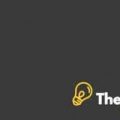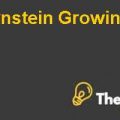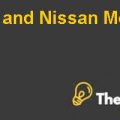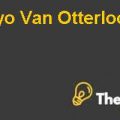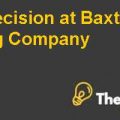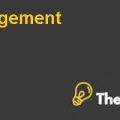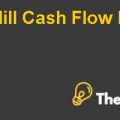
An integrated reporting, a corporate reporting approach was adopted by Aegon in 2011, considering the medium to long-term issues, stakeholder opinions, and the relationship between material financial and no financial date hat sought to present company performance in a holistic light. Being a product manufacturer to a customer-centric company Aegon had reduced the page count of its annual corporate reporting documents by 2013, which helped stakeholders gain more thoroughgoing understanding of its strategy and began the transition. While a company’s regulatory filing is separated part of the company’s integrated report. Working in an area where you find not much of guidance about regulatory and legislative assuaged the Disclosure Committee’s scare of unintentionally taking on extra liability or violating regulations by reporting over non-financial figures that was not easy enough to endorse by third-party, it had not driven some of the organizational changes it could have as many felt the report’s status. This is still a question remains its place that if Aegon benefit from publishing its integrated report as the regulatory document. Another query is how could Aegon create a more interactive, real-time integrated reporting website that was connected to the core of their strategy? How should Aegon Asset Management remain engaged with portfolio companies including the integration of EGS factors in its investment processes? What steps should be taken next?

